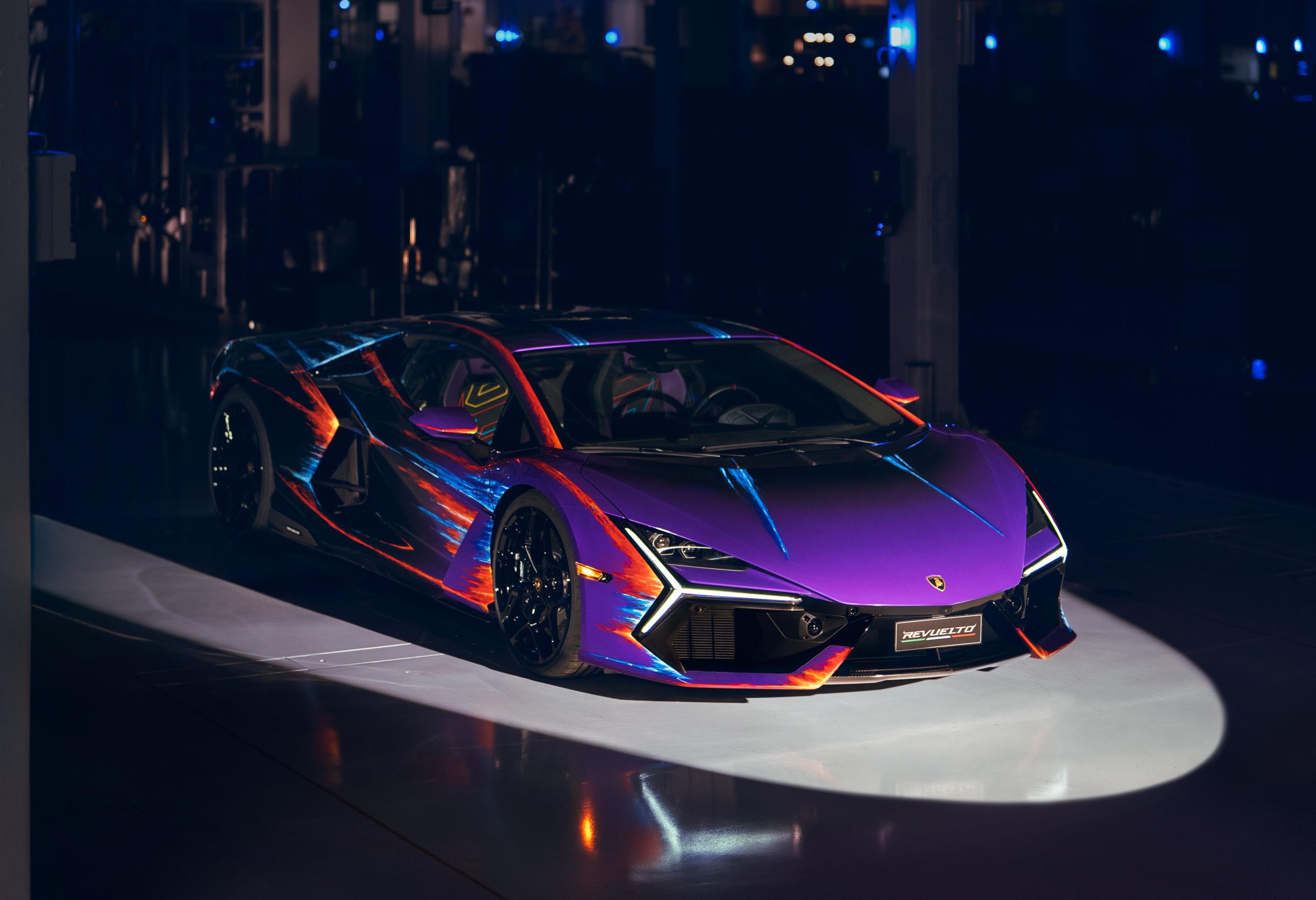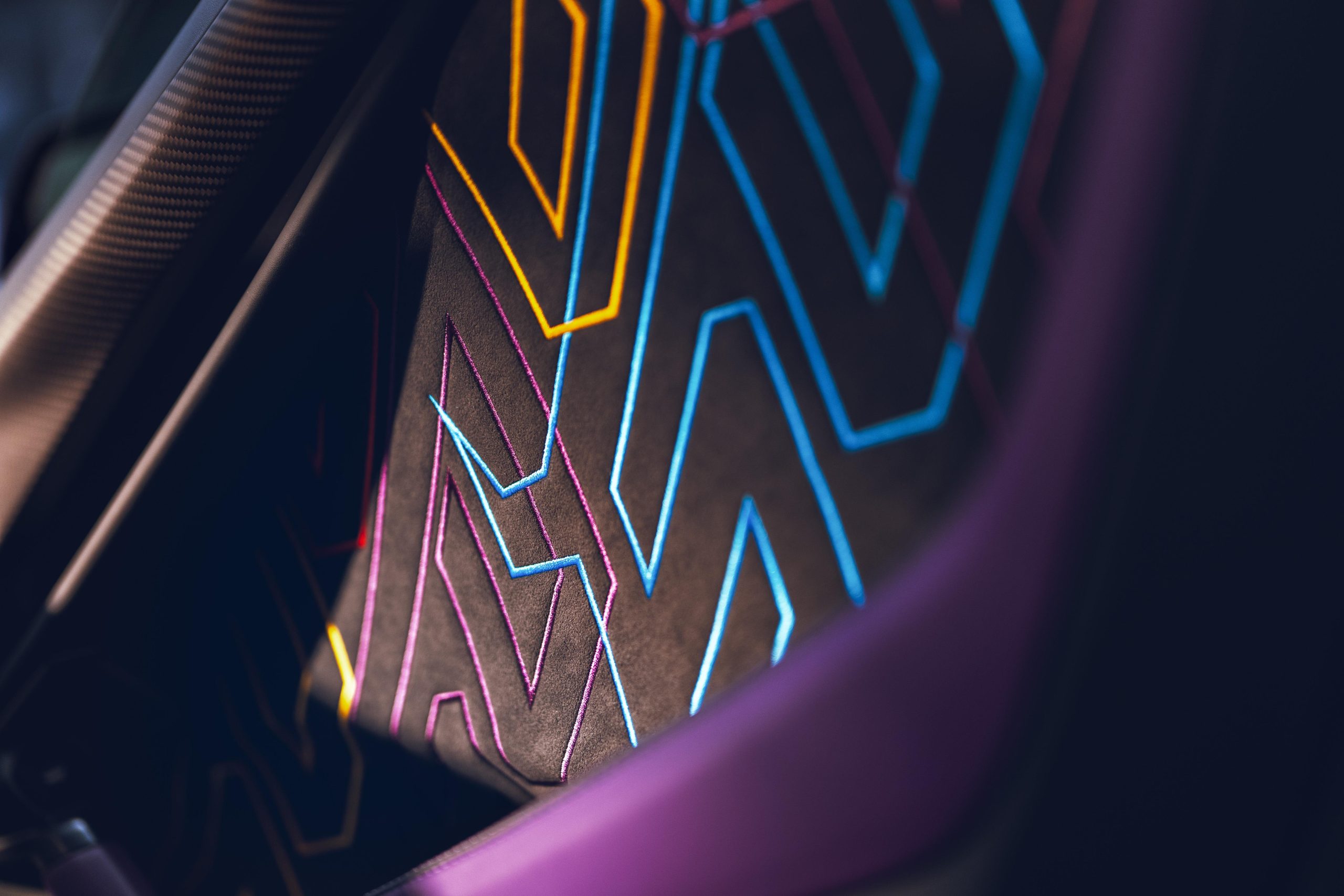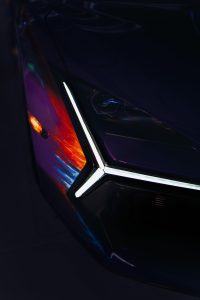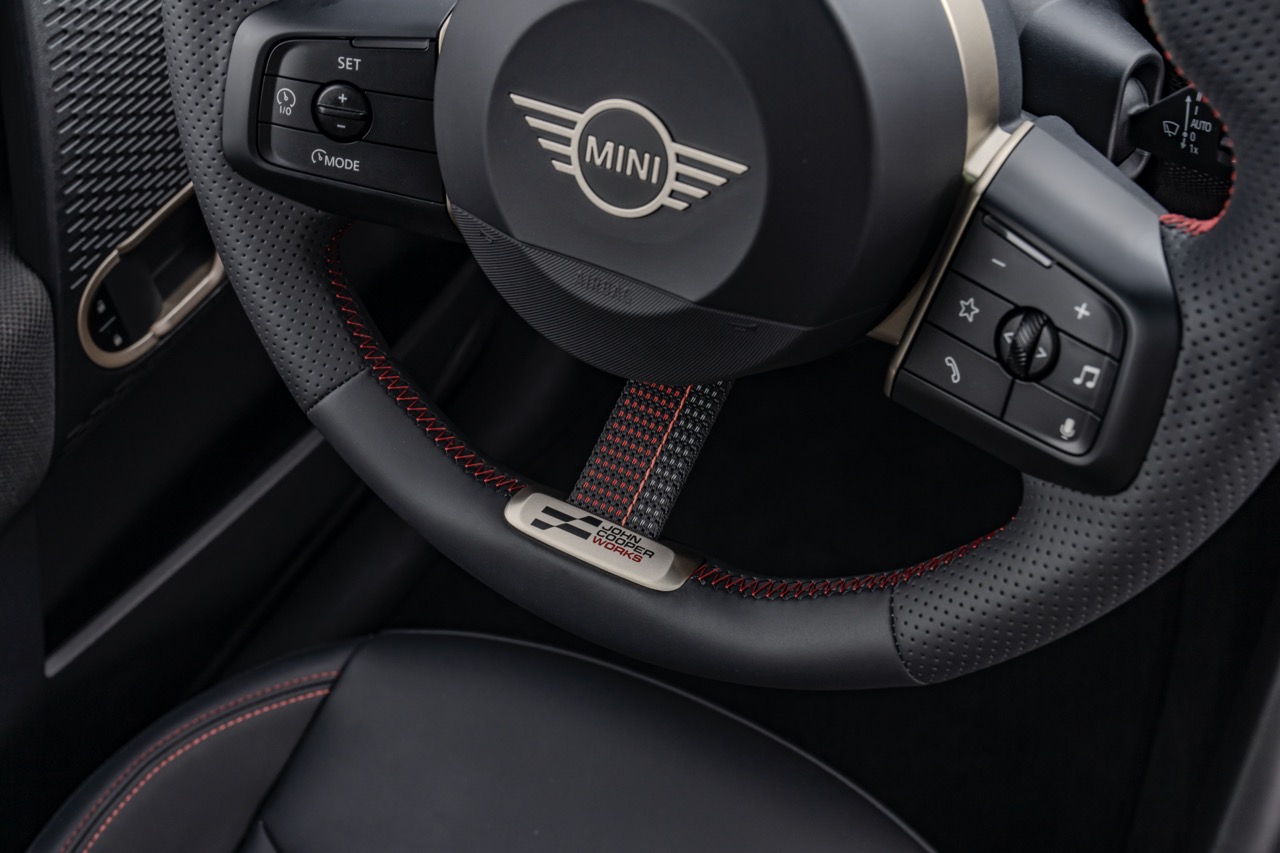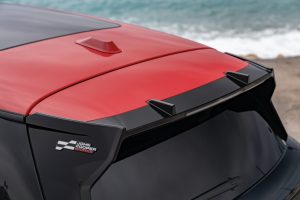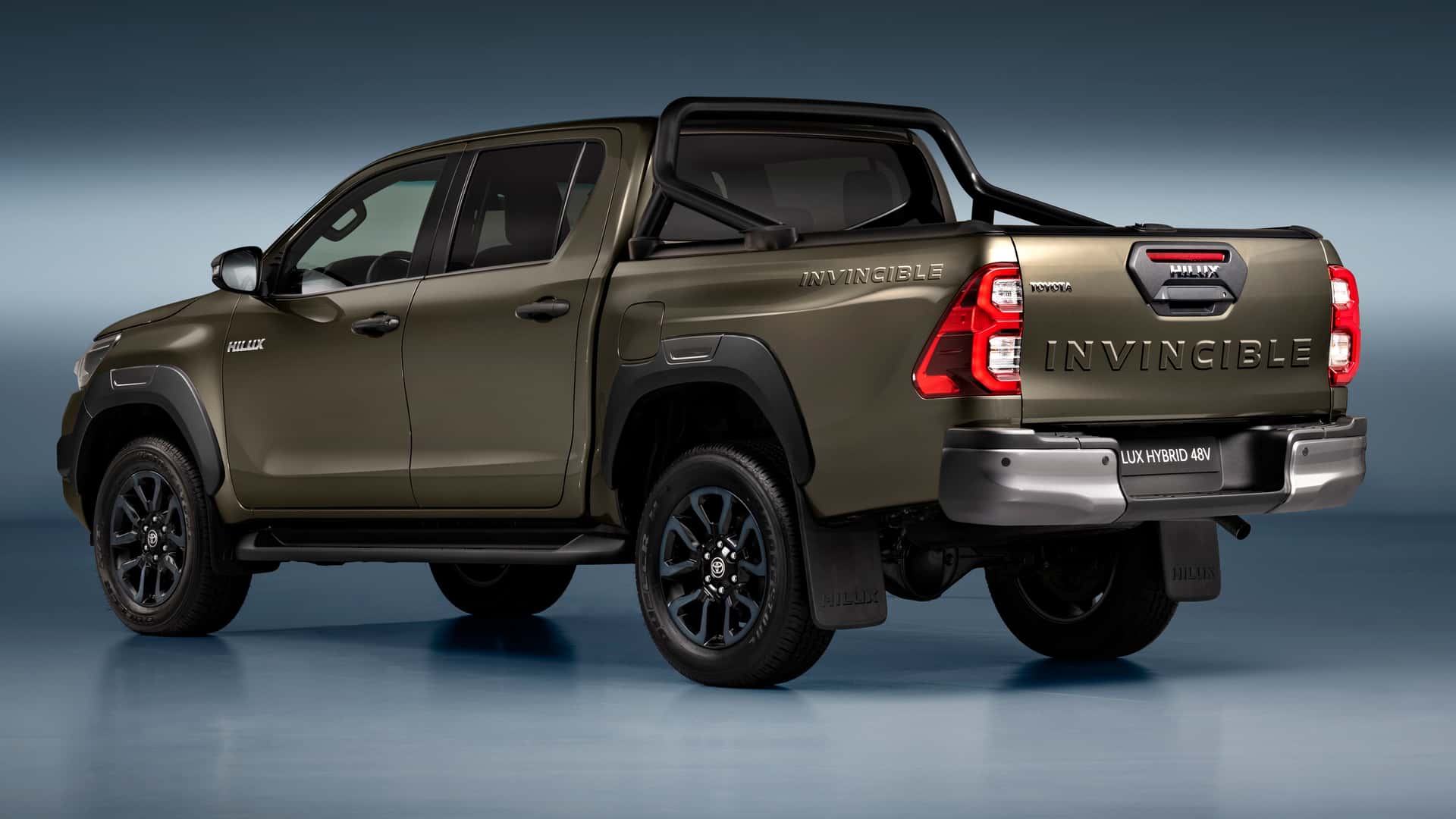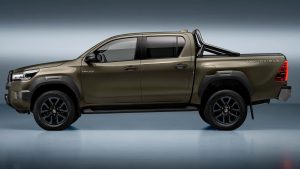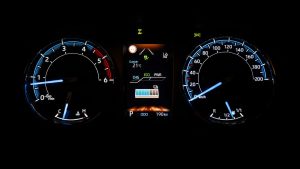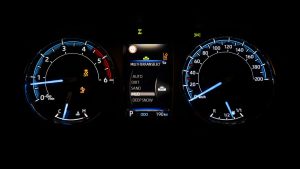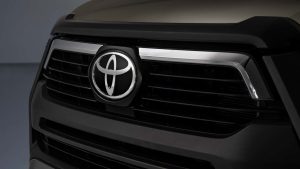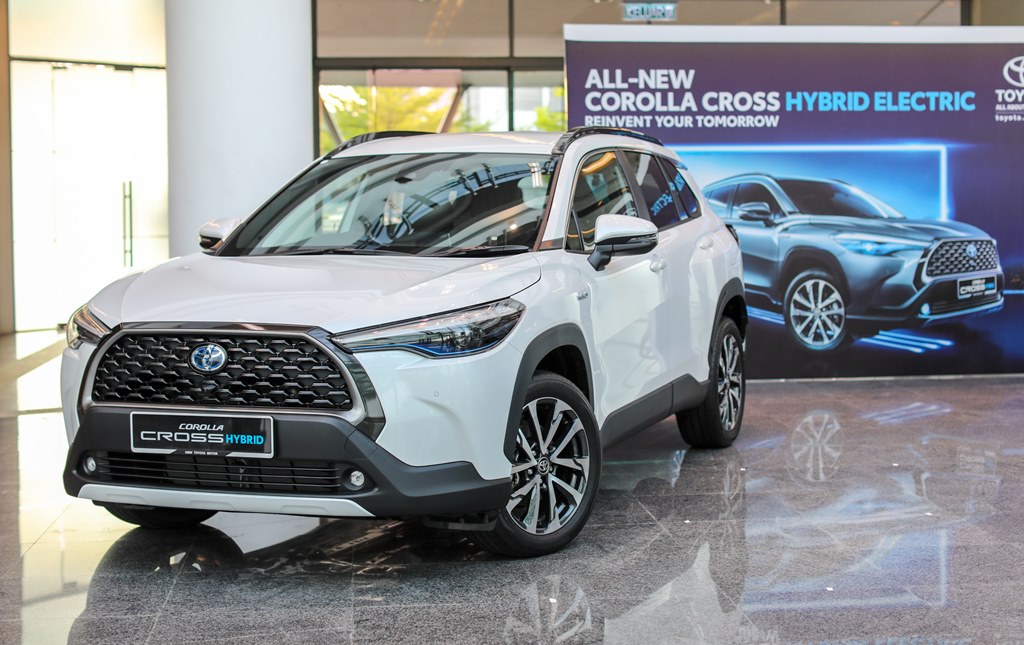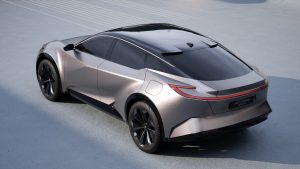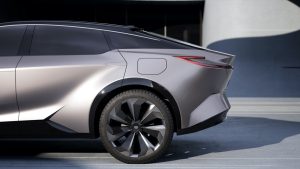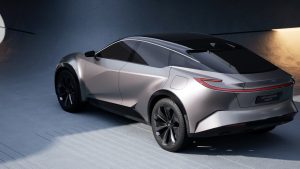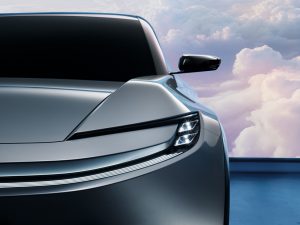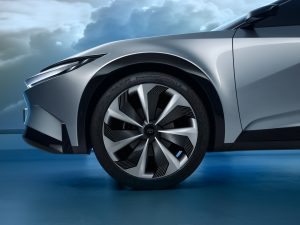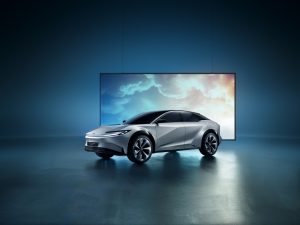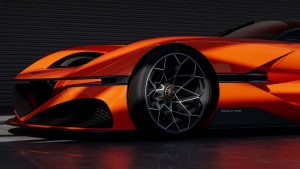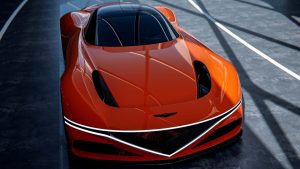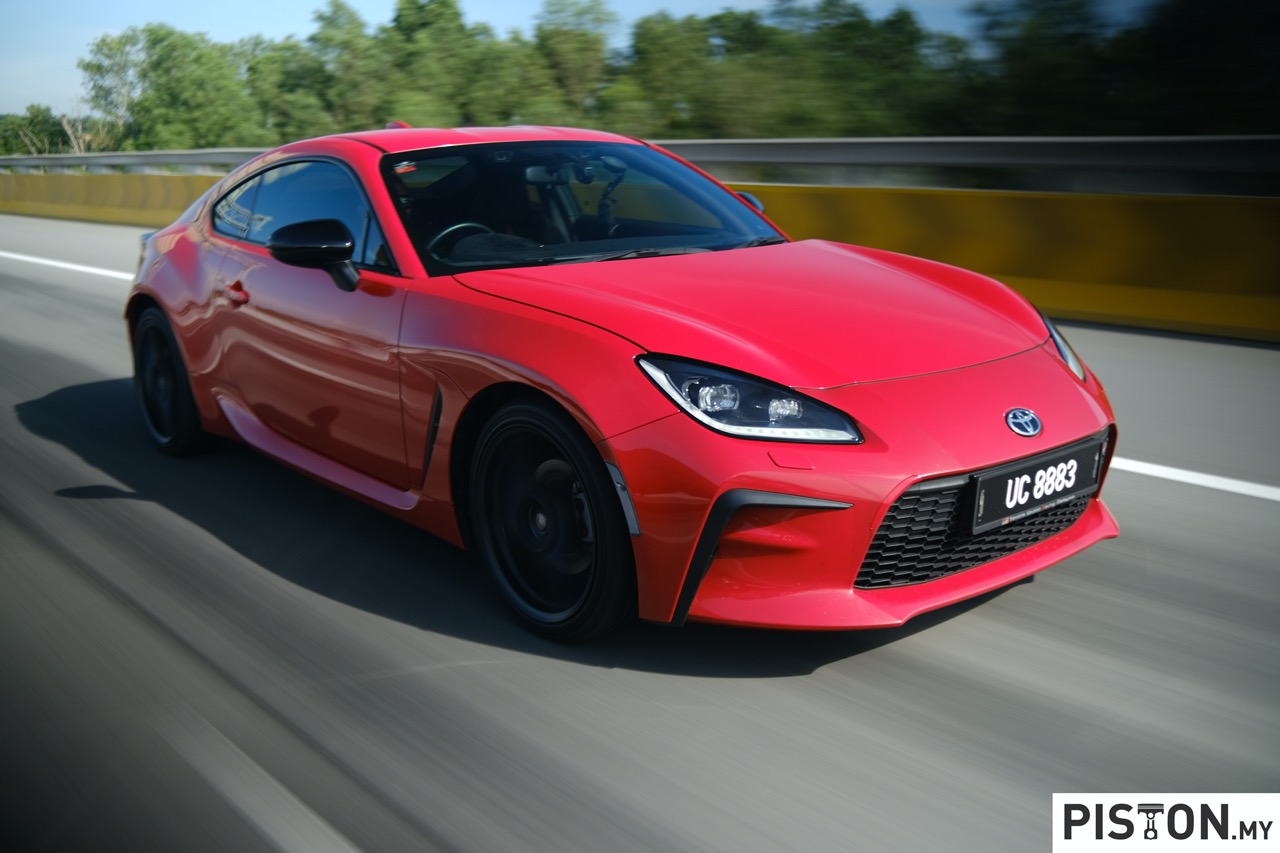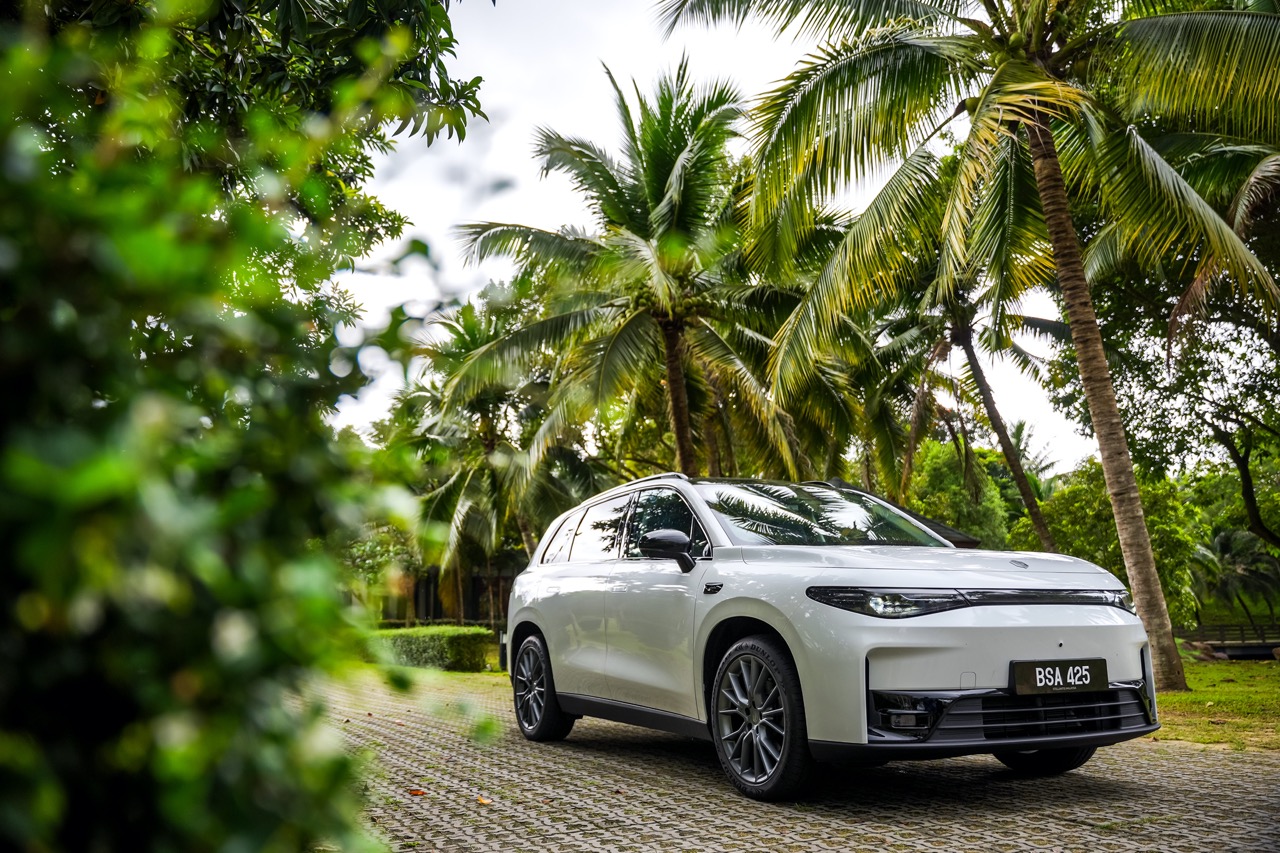In celebration of its 60th anniversary, Automobili Lamborghini unveils a unique work of art, the Revuelto ‘Opera Unica,’ presented during Art Basel Miami Beach 2023. This one-of-a-kind creation is a highly customised version of the Revuelto, Lamborghini’s first V12 hybrid plug-in HPEV (High-Performance Electrified Vehicle), and is a testament to the brand’s commitment to innovation and artistic expression.
The Revuelto, launched earlier this year, represents a new paradigm in performance, sportiness, and driving pleasure with its innovative design, maximum-efficiency aerodynamics, and a new carbon frame concept. Boasting 1,001hp, the Revuelto excels in agility and effectiveness both on the road and track.
The ‘Opera Unica’ takes the celebration further with a hand-painted exterior that seamlessly transitions from Viola Pasifae to Nero Helene. The brushstroke details incorporate warm and cool colours, requiring 76 hours of development and testing and a total of 435 hours for execution. A subtle 60th-anniversary logo adorns the car’s bonnet, adding a touch of commemoration to the artistic creation.
The interior of the ‘Opera Unica’ is equally distinctive, featuring an asymmetric design with a play of colours. The two-tone leather interior in Nero Ade and Viola Acutus is complemented by embroidered seat backrests, door inserts, and headliners adorned with the 60th-anniversary logo. Even the start and stop cover reflects the shaded brushstroke colors, creating a cohesive and artistic space within the vehicle.
The Revuelto ‘Opera Unica’ is a captivating blend of automotive engineering and artistic expression, embodying Lamborghini’s legacy of pushing boundaries and setting new standards in both performance and design.
Closer to home, the Revuelto was launched here back in September of this year with prices starting from RM2.5 million without taxes.




